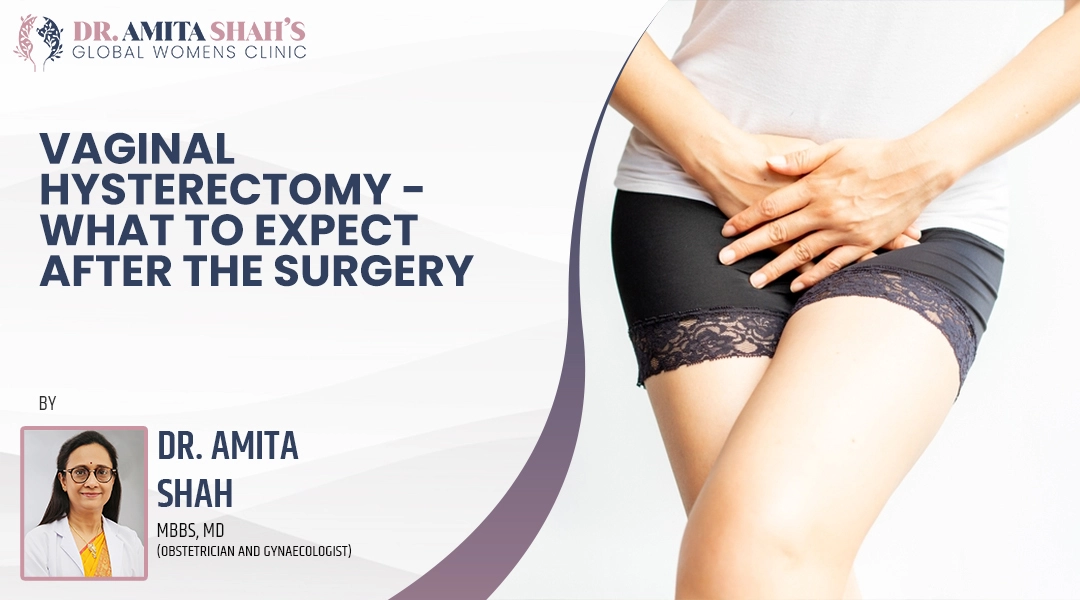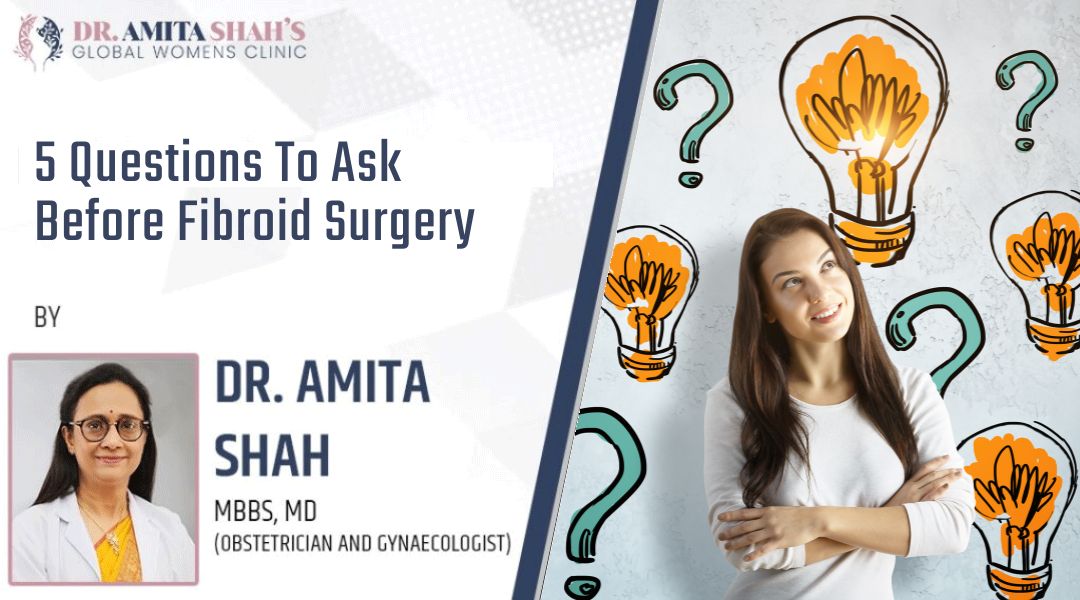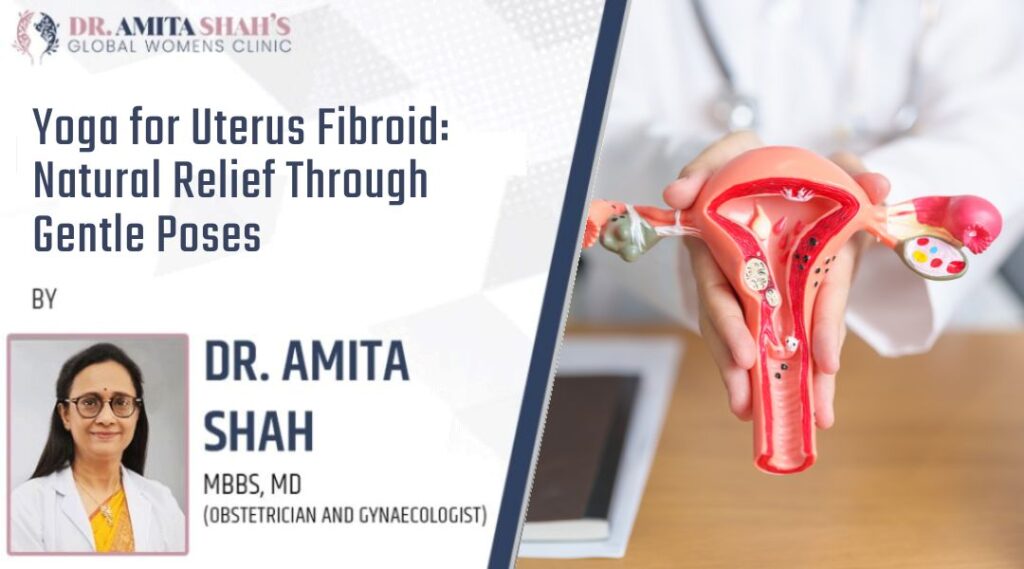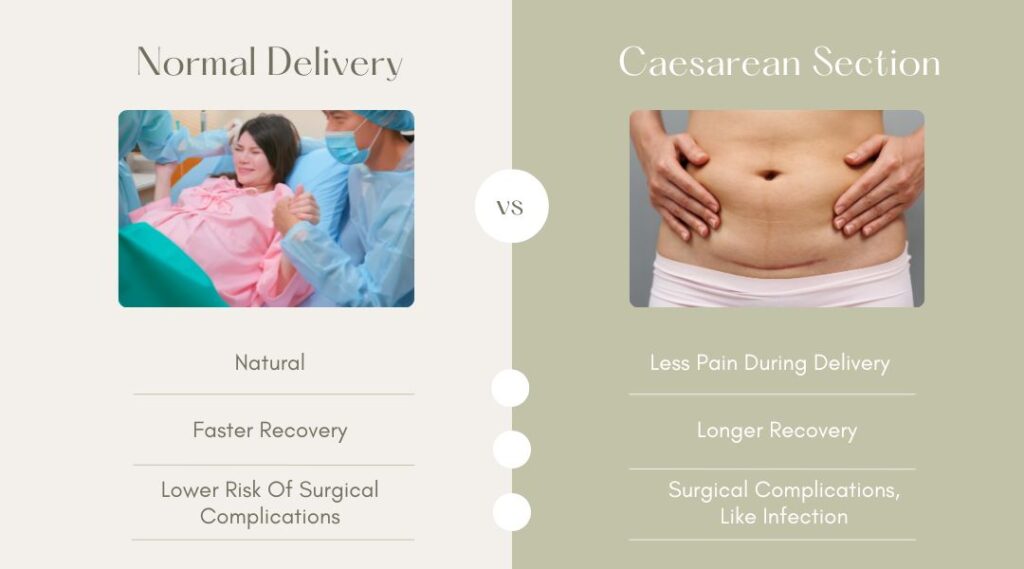What is fibroid in the uterus?
Uterine fibroid is a type of benign tumour, also known as myomas or leiomyoma, is a common pelvic tumour in women which affects fertility.
It is still unknown as to how fibroids are caused but studies substantiate that oestrogen and progesterone trigger the growth of fibroids. Fibroid growth is rarely seen before menarche and post-menopausal stage.
The prevalence of fibroids is considerably steeping high in India, but it is not just the fibroids which concern; there are attached risk factors like hypertension, diabetes, reduced infertility, and obesity that can degrade the health and mental peace of women.
Fibroids in Indian women near and around the age of 35 years is estimated to be 60%, and 80% in women at the age of 50 years.
Types of Uterine Fibroids

Now that you know What is fibroid in the uterus next you need to know about the types of fibroids.
Uterine fibroid is classified according to the location of its development. Fibroids that develop below the endometrium, within the muscle, are known as submucous fibroids.
Fibroids that develop within the uterine wall are known as intramural fibroids, and these are the most common type of fibroid diagnosed in women.
Fibroids that develop just below the serosal surface of the uterus are known as subserous fibroids.
All the above types of fibroids are large in size; call in for immediate treatment.
The most popular and safe surgical method of fibroid removal in India is Laparoscopic Fibroid Removal surgery. The success of the surgery depends upon the expertise of the laparoscopic surgeon, so, it is important to consult the best laparoscopic surgeon for effective uterine fibroid treatment.
Symptoms of Uterine Fibroids
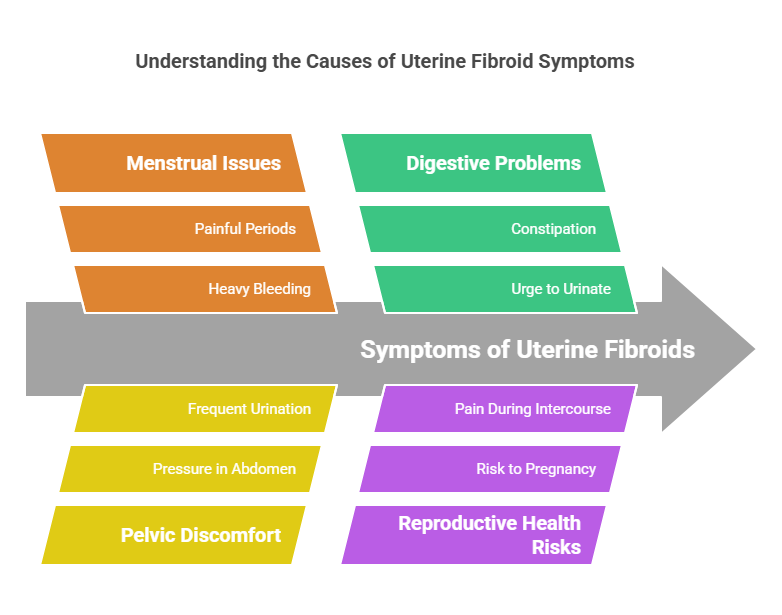
After knowing What is fibroid in the uterus and ‘Types of fibroids’, the next is about the symptoms of fibroids.
The signs and symptoms of fibroids may vary from person to person, for some, it may be severe, and for some, it may be mild or even go unnoticed.
Many women have reported experiencing heavy menstrual bleeding along with severe pain. This condition often hints of the presence of fibroids and in medical terms, is known as menorrhagia.
It is also observed by many women with fibroid to have bleeding between periods. They report spotting which can be alarming and needs immediate gynaecological consultation. Painful periods are one of the common symptoms of fibroids.
Women with fibroids often experience pelvic discomfort. They feel excess pressure or fullness in the lower abdomen region.
The discomfort can be persistent, depending upon the size of the fibroid and the location of the fibroid. They also experience the urge to frequent urination and may suffer from constipation.
Some women with fibroids can also suffer from severe lower back pain, while others can experience pain during intercourse. The most major problem of fibroid is that it is a great risk to pregnancy as it hinders conception.
Women with fibroids can have one or more than one symptoms of fibroids. If these symptoms are significant, it is best to have the fibroids diagnosed and seek immediate uterine fibroid treatment.
Natural Treatment of Uterine Fibroid
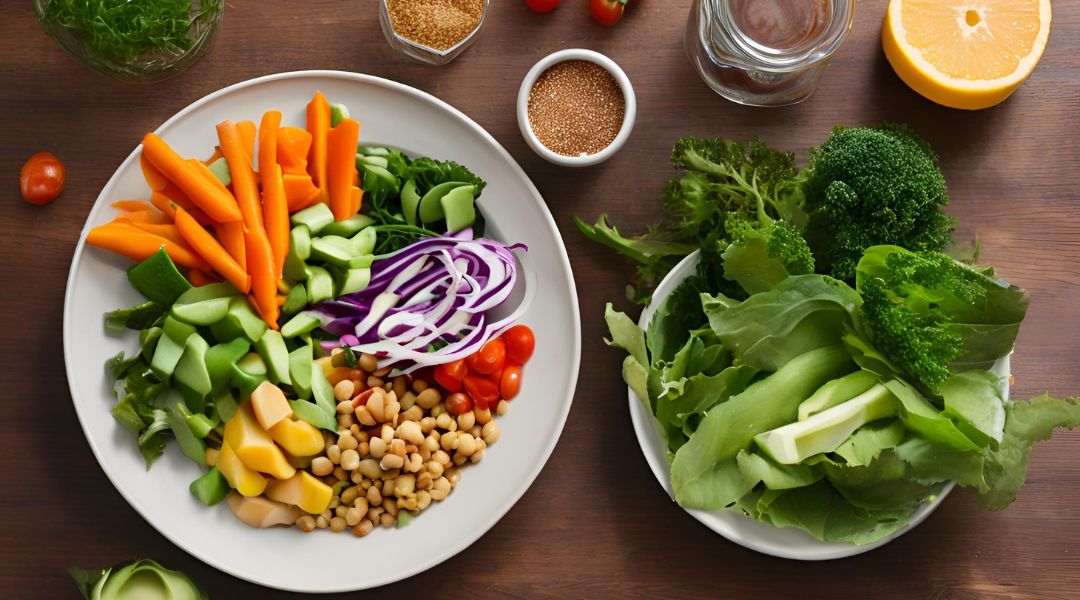
Apart from laparoscopic treatment for fibroids, there are other ways of managing fibroids.
By switching to a healthy diet and adapting to a healthier lifestyle, one can reduce or shrink fibroids naturally.
Dietary Changes
Increase Fiber Intake
A diet rich in fiber can help regulate estrogen levels and reduce inflammation, which may contribute to fibroid growth. Consume whole grains, fruits, vegetables, legumes, and nuts in your meals.
Consume Cruciferous Vegetables
Vegetables such as broccoli, cauliflower, and kale contain compounds called indoles that help balance hormones in the body. Regular consumption of these vegetables may be linked to a reduced risk of fibroids.
Incorporate Omega-3 Fatty Acids in Your Diet
Omega-3 fatty acids found in fatty fish (like salmon), flaxseeds, and walnuts have anti-inflammatory properties. Including these foods in your diet can help reduce inflammation and potentially slow fibroid growth.
Opt for Vitamin D-Rich Foods
Research suggests that women with low vitamin D levels may be at a higher risk for developing fibroids. Foods such as fatty fish, fortified dairy products, and egg yolks are good sources of vitamin D.
Limit Red Meat and Processed Foods
High consumption of red meat and processed foods has been associated with an increased risk of fibroids. Instead, focus on lean proteins like chicken and turkey.
Avoid High-Sugar and High-Fat Foods
Diets high in sugar and saturated fats can exacerbate fibroid symptoms. Limiting these foods can help manage weight and hormone levels.
Consider Herbal Remedies for Fibroid Size Control
Some herbs like chasteberry (vitex) may help alleviate symptoms associated with fibroids. Green tea is also noted for its potential to reduce inflammation and possibly decrease the size of fibroids due to its antioxidant properties.
Lifestyle Changes

Regular Exercise
Engaging in regular physical activity can help reduce inflammation, manage weight, and lower estrogen levels. Aim for at least 30 minutes of moderate exercise most days of the week—activities like walking, swimming, or yoga are beneficial.
Maintain a Healthy Weight
Obesity is a significant risk factor for fibroids due to excess body fat producing more estrogen. Achieving and maintaining a healthy weight through diet and exercise can help regulate hormone levels.
Manage Stress
Stress can negatively impact hormone levels, potentially contributing to fibroid growth. Techniques such as meditation, yoga, tai chi, or deep breathing exercises can help manage stress effectively.
Limit Alcohol and Caffeine Intake
Both alcohol and caffeine can affect hormone levels and exacerbate symptoms associated with fibroids. Reducing or eliminating these substances from your diet may provide relief.
Avoid Smoking
Smoking has been linked to increased period pain and may negatively impact overall reproductive health by reducing oxygen supply to the pelvic region.
To Conclude
Now you have a better understanding about ‘What is fibroid in the uterus’ and the ways to shrink fibroids naturally.
It is important to note here that these are just strategies and do not guarantee of completely removing fibroids. These can only help in reducing or shrinking fibroids naturally.
You need to consult the best gynaecologist or the best laparoscopic surgeon in Delhi NCR for uterine fibroid treatment.



